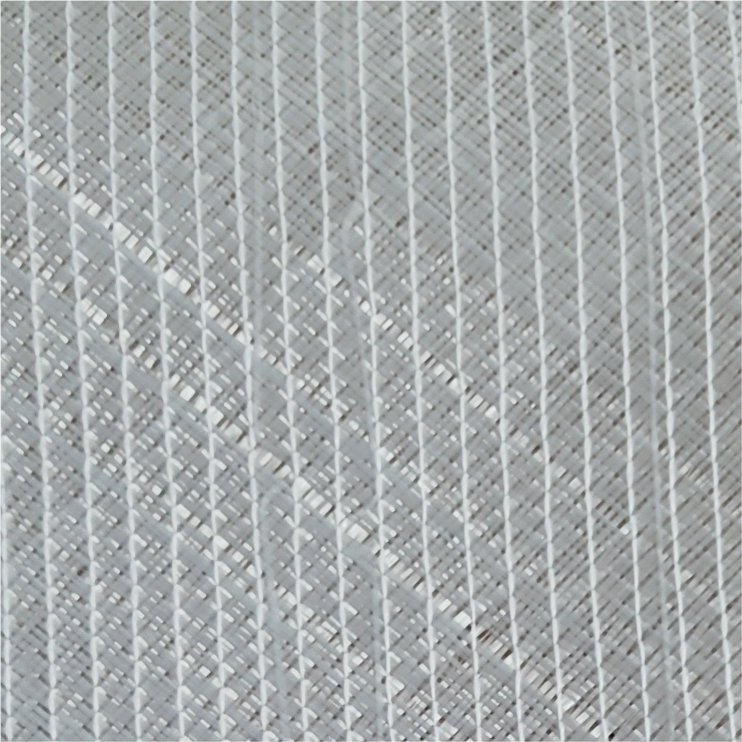220g Biaxial Fiberglass Fabrics
Product Details
| Product name
|
220g Biaxial Fiberglass Fabrics |
| Short Description:
|
Biaxial Glass Fiber Fabric is a high-performance textile that combines exceptional strength with remarkable flexibility. It can be with mat or without mat It is ideal for applications such as wind industry, aerospace, automotive, marine, construction |
| MOQ | ≥100Sqm |
| Acceptance | OEM/ODM, Trade, Wholesale |
| Payment Method | T/T, PayPal, L/C |
| Feature
|
1.No any Binder, good compatible with Multi-Resin 2.Optimal mechanical performance3.Easy workability and low cost
|
Product Information
| Product No.
|
Area Density
|
+45°Roving Density
|
-45°Roving Density
|
Width | Roll Length
|
| (g/m2)
|
(g/m2) | (g/m2)
|
(mm)
|
(m)
|
|
| BX220-127 | 220±20 | 1.5g(68tex) | 110g(100tex) | 1270±5 | 178 |
| BX300-127 | 300±20 | 1.5g(68tex) | 150g(25k) | 1270±5 | 131 |
| BX450-127 | 450±20 | 1.5g(68tex) | 225g(600tex) | 1270±5 | 87 |
Application
Applications of 220g Biaxial Fiberglass Fabrics
1. Construction and Infrastructure: Used for reinforcement in concrete and masonry to increase strength and durability against weathering and seismic activity.
2. Automotive Industry: Biaxial fabrics are utilized in the production of automotive parts for their light weight and high strength properties, enhancing vehicle performance and safety.
3. Aerospace: In aerospace applications, these fabrics contribute to the structural integrity of aircraft components, often in areas where weight reduction and strength are critical.
4. Marine Applications: Fiberglass fabrics are ideal for boat building and repair, offering resistance to water, salt, and UV damage.
5. Electrical Insulation: Due to their non-conductive nature, they are used in the creation of electrical insulation components to prevent electrical faults.
6. Wind Energy: Biaxial fabrics are employed in the construction of wind turbine blades for their ability to withstand the forces exerted during operation.
Storing Biaxial Fiberglass Fabrics: A Guide
1. Clean and Dry Environment: Biaxial fiberglass fabrics should be stored in a clean and dry environment to prevent any moisture-related damage or contamination from dust and dirt.
2. Temperature Control: It’s important to maintain a stable temperature. Extreme heat or cold can affect the fabric’s integrity. A temperature range of 60-80°F (15-27°C) is typically recommended.
3. Humidity Levels: Keep humidity levels low to avoid moisture absorption. A relative humidity below 60% is ideal.
4. Proper Stacking: Stack the rolls of fabric in a way that prevents them from crushing or bending. Use pallets or sturdy shelves to support the weight and maintain the rolls’ shape.
5. Avoid Direct Sunlight: Prolonged exposure to sunlight can cause the fabric to degrade. Store the rolls in a shaded area or within a closed storage unit.
6. Protection from Pests: Use pest control measures to prevent damage from insects or rodents, which can chew through the fabric.
Write your message here and send it to us
Professional technical engineer dedicated to guide you
According to your actual needs, choose the most reasonable overall design and planning procedures
